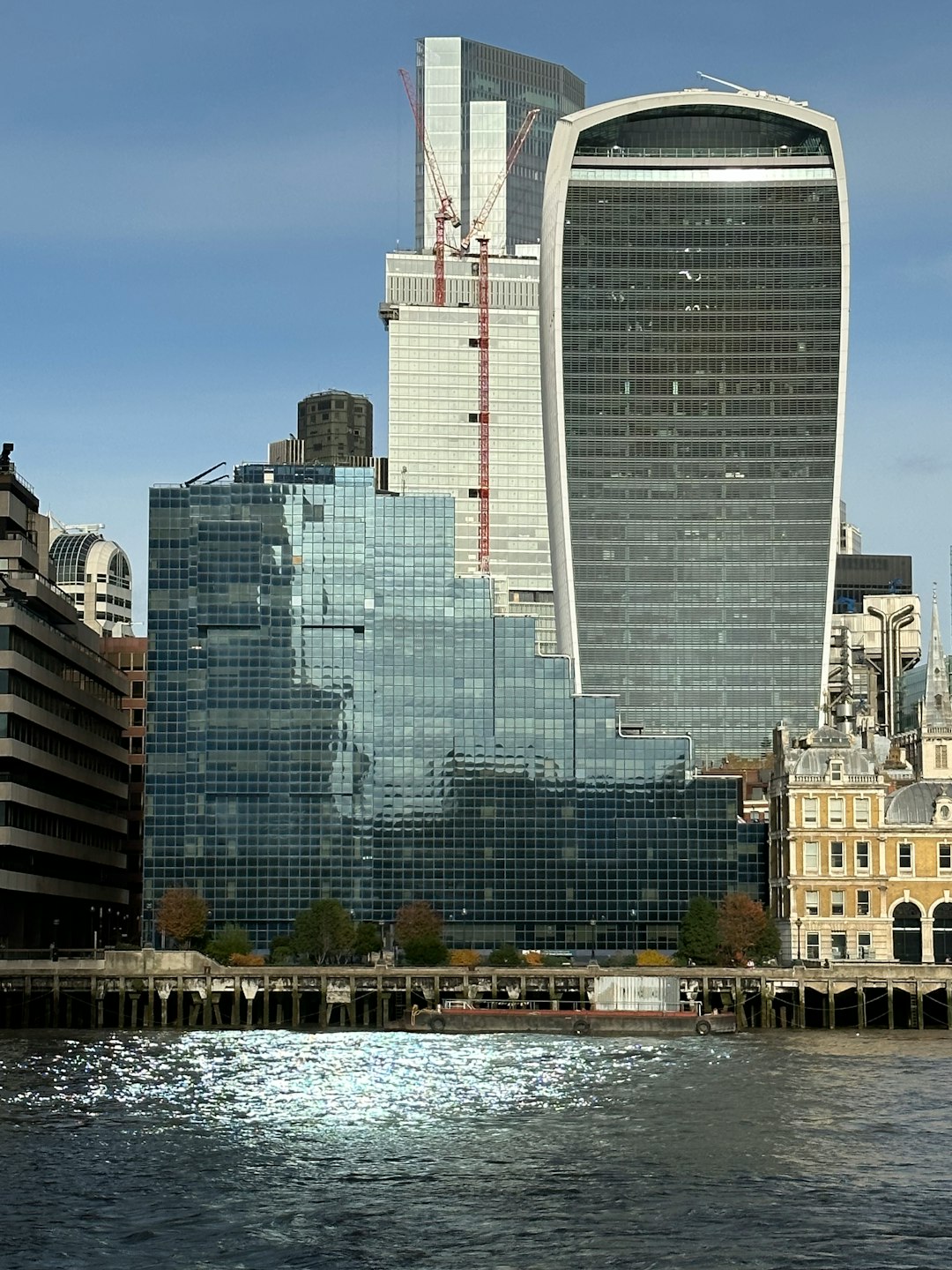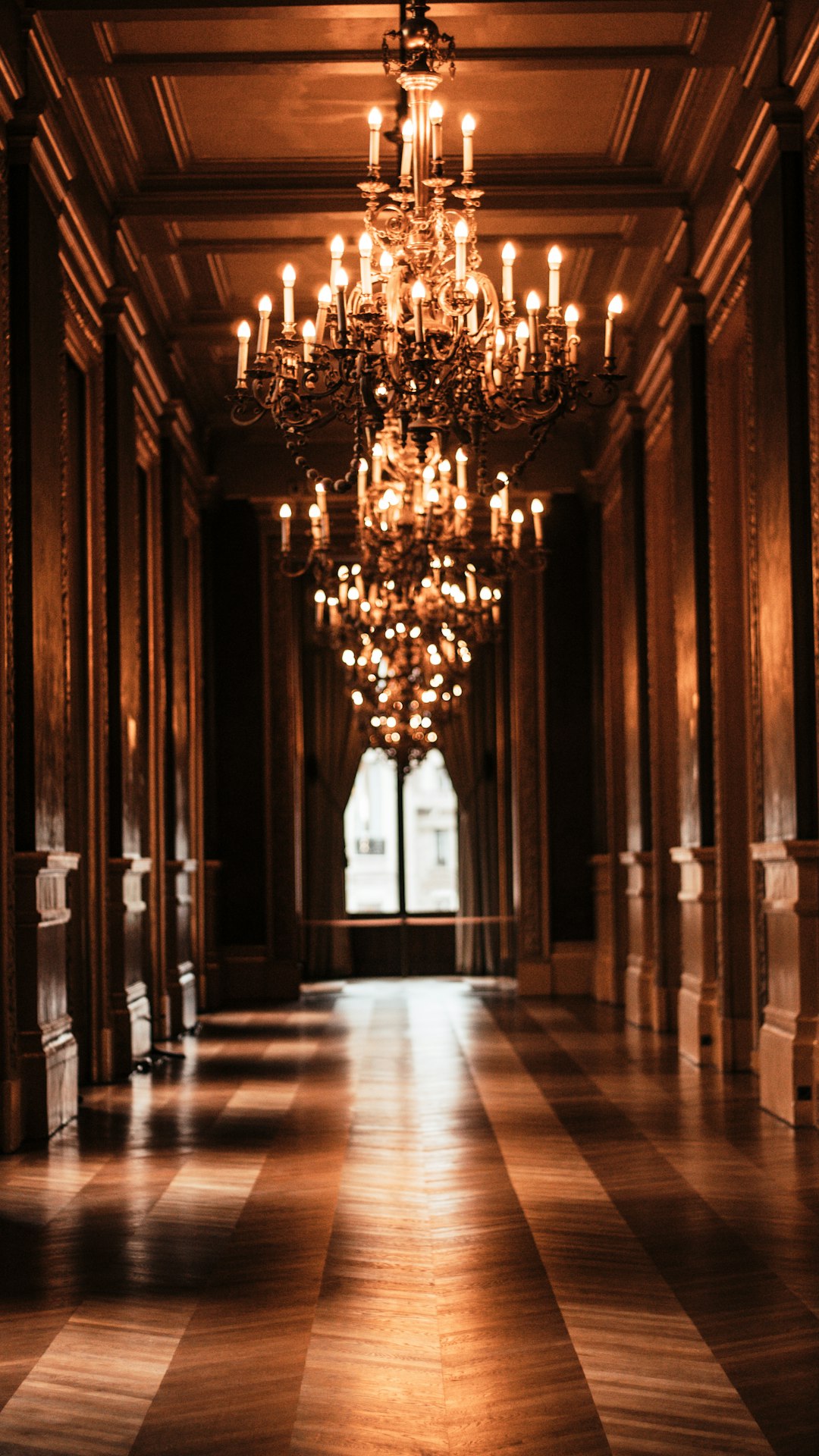Lighting installation is an essential aspect of home and office design that goes beyond just illuminating a space. It plays a critical role in setting the mood, enhancing aesthetics, and even influencing productivity and wellbeing. Whether you are renovating your home, upgrading your office, or setting up a new space altogether, understanding the intricacies of lighting installation can make a significant difference.
When embarking on a lighting project, the first step is to evaluate the function of each room. Different spaces require different lighting solutions. For instance, task lighting is crucial in areas like kitchens and home offices where activities such as cooking and working take place. In contrast, ambient lighting is perfect for living rooms and bedrooms, offering a warm and inviting atmosphere. Consider the natural light available in each room and how artificial lighting can complement it.
Choosing the right fixtures is another critical element of lighting installation. The market offers a wide array of options, from chandeliers and pendant lights to recessed and track lighting. The choice of fixture should align with the room’s style and purpose. For a modern, minimalist look, recessed lighting might be the way to go. Alternatively, a grand chandelier could serve as a stunning centrepiece in a dining room.
The placement of lighting fixtures is just as important as the type of lighting. Proper placement ensures that light is distributed evenly across the room, eliminating shadows and dark corners. For instance, in a kitchen, under-cabinet lighting can illuminate countertops effectively, while in a living room, strategically placed floor lamps can highlight art pieces or architectural features.
Installation itself requires a certain level of expertise to ensure safety and functionality. While DIY enthusiasts might be tempted to handle it themselves, hiring a professional is often advisable. A certified electrician will ensure that all wiring is correctly installed and that the lighting system adheres to safety standards. For those interested in professional help, you can explore lighting installation services offered by experienced companies.
Energy efficiency is another consideration when planning lighting installation. Opting for LED bulbs is an excellent way to reduce energy consumption and lower electricity bills. LED technology has advanced significantly, offering a range of options in terms of brightness and colour temperature. Incorporating dimmers can provide flexibility in controlling light levels and further contribute to energy savings.
Smart lighting systems are gaining popularity, allowing homeowners to control their lighting remotely via smartphones or voice-activated assistants. These systems offer convenience and can be programmed to adjust lighting based on the time of day or occupancy of the room. Additionally, they often integrate with other smart home devices, creating a cohesive and intelligent home environment.
Finally, the aesthetic aspect of lighting should not be overlooked. Lighting can dramatically alter the perception of space and highlight architectural features. Layering different types of light – ambient, task, and accent – can create depth and interest within a room. For those seeking inspiration or professional guidance, the lighting installation services offered by specialists can provide valuable insights and options tailored to your space.
In conclusion, lighting installation is a fundamental component of interior design that requires careful planning and execution. By considering function, fixture selection, placement, energy efficiency, and aesthetics, you can create a harmonious and inviting environment. Whether you choose to undertake this journey independently or with professional assistance, the right lighting can transform any space.





